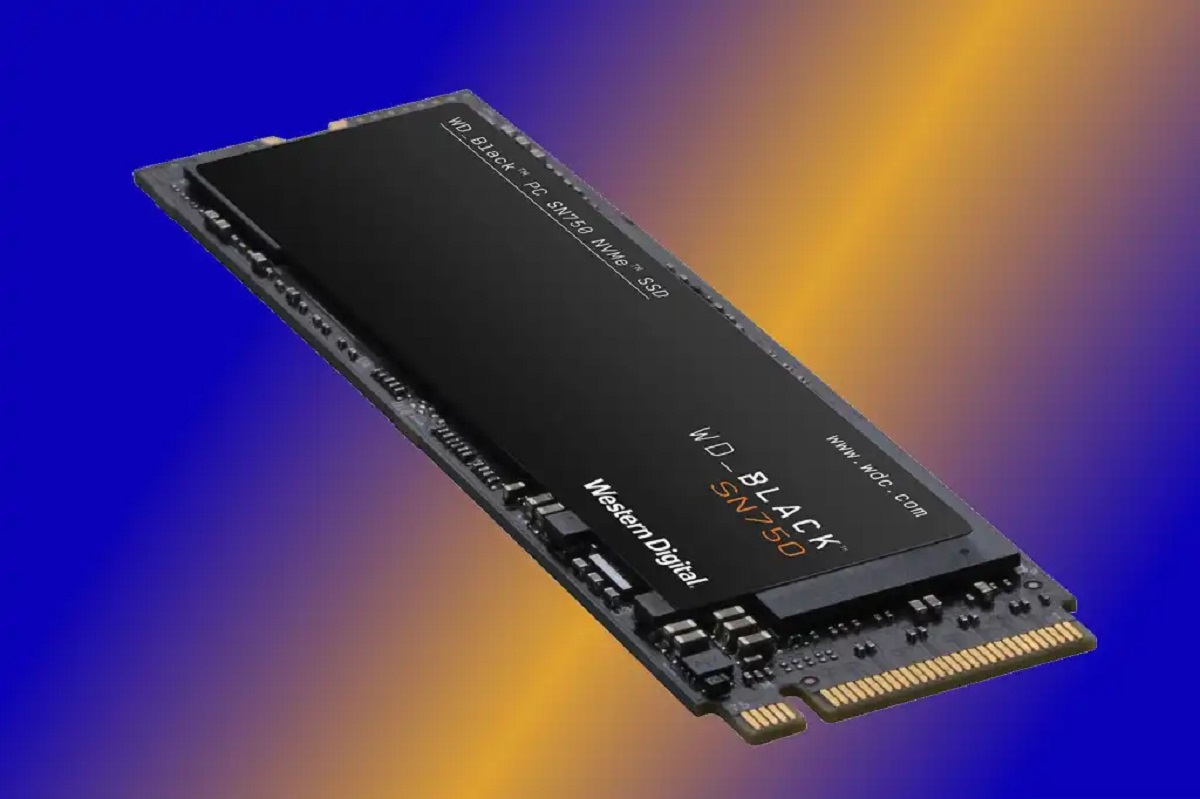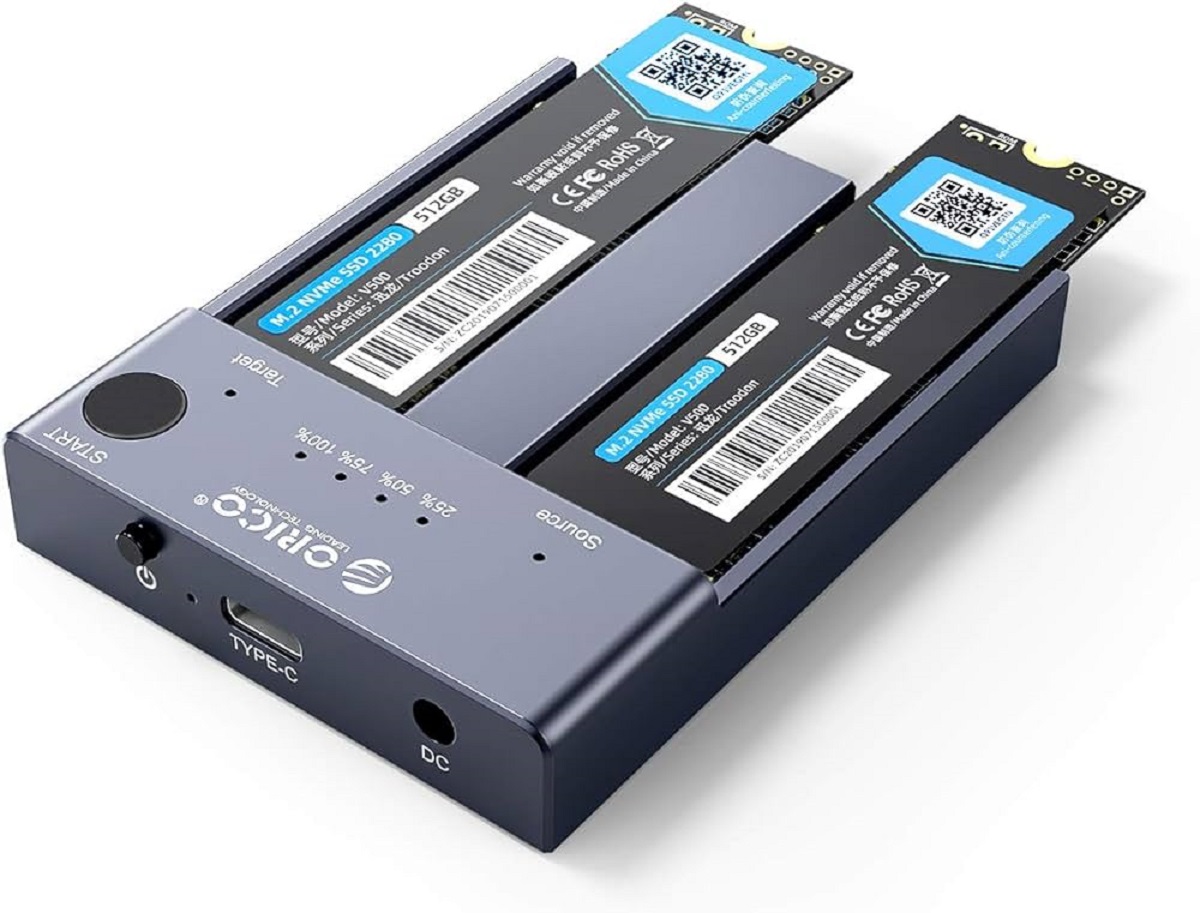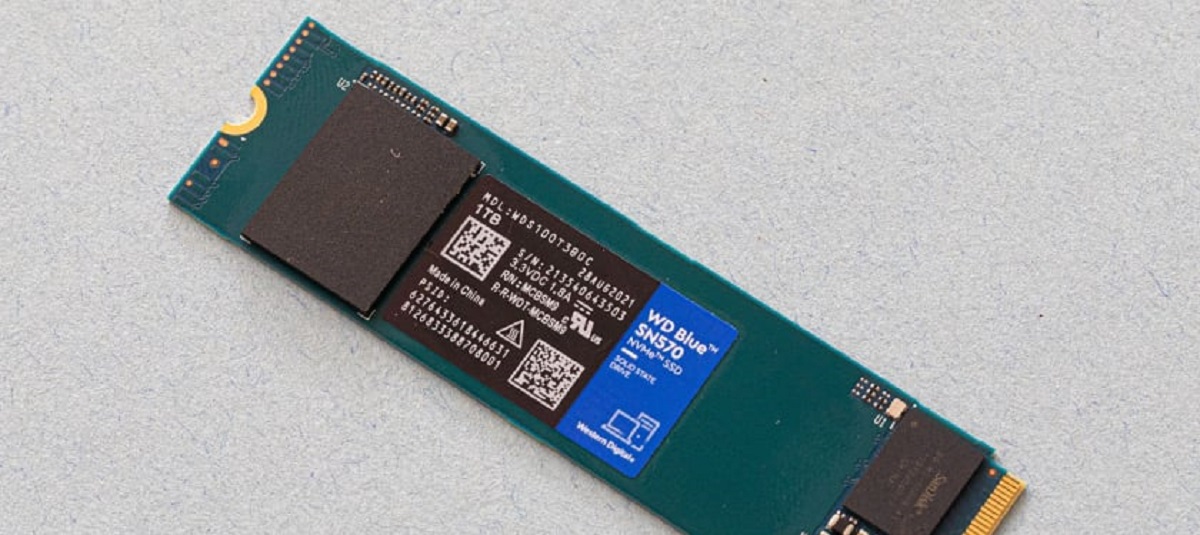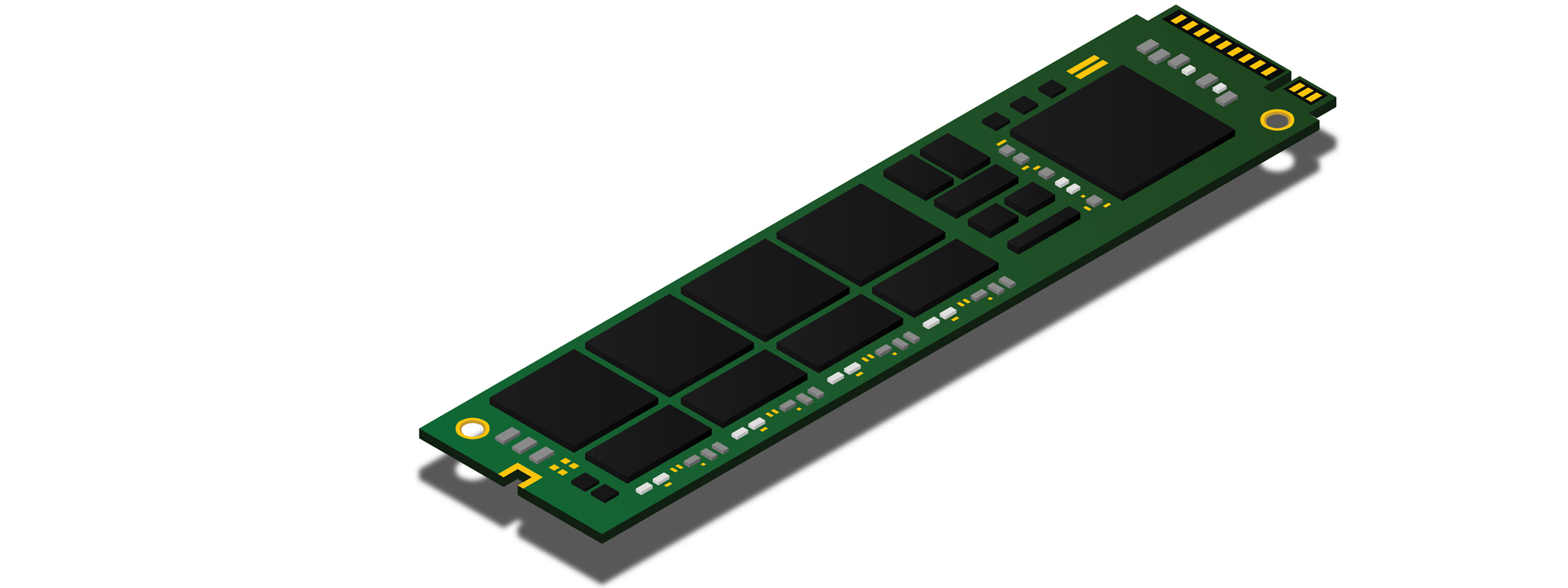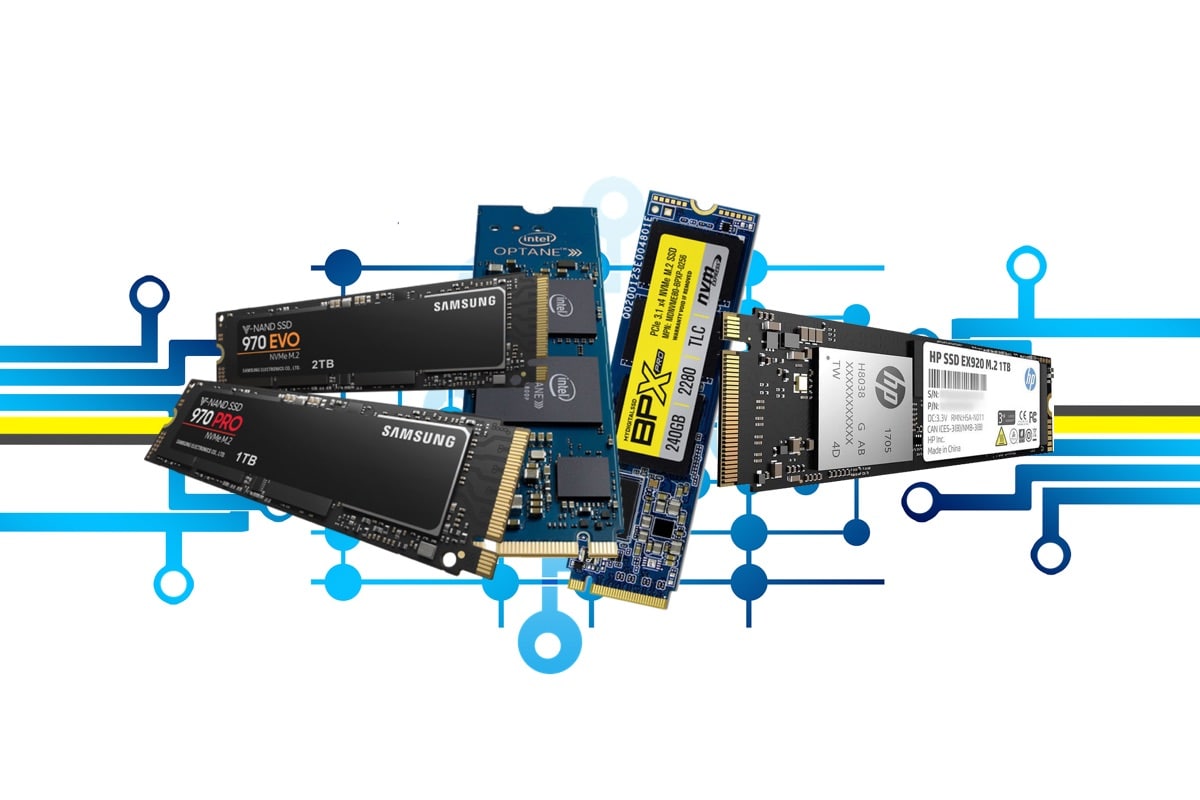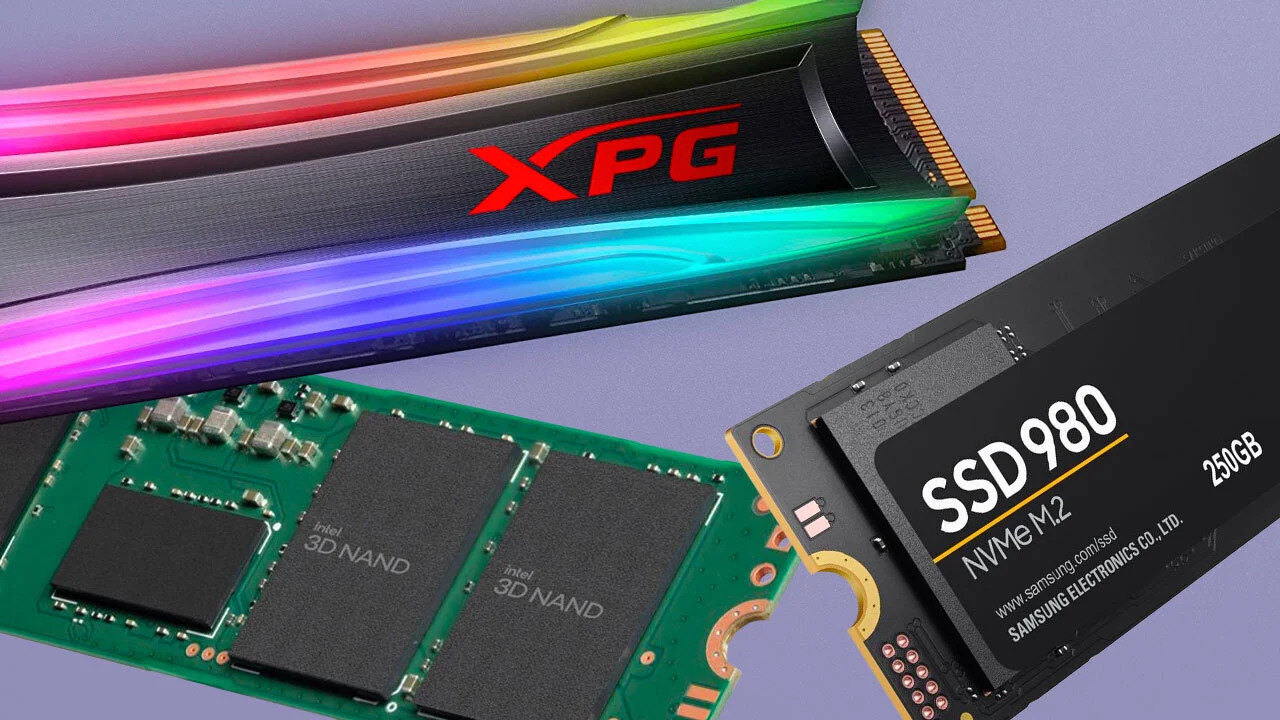Introduction
In today’s fast-paced digital age, storage technology has advanced significantly, revolutionizing the way we store and access data. One such remarkable innovation is the NVMe SSD (Non-Volatile Memory Express Solid-State Drive), which has gained immense popularity and is rapidly replacing traditional hard drives and even SATA SSDs in many computing applications. NVMe SSDs offer exceptional speed, reliability, and efficiency, making them an ideal choice for demanding tasks such as gaming, content creation, and data-intensive applications.
In this article, we will delve into the world of NVMe SSDs and explore what sets them apart from other storage drives. We will discuss how they work, the advantages they offer, and how they differ from SATA SSDs. We will also provide some valuable tips to maximize the performance of NVMe SSDs, ensuring you get the most out of this cutting-edge storage solution.
Whether you are a tech enthusiast looking to upgrade your storage or a business professional in need of faster data processing, understanding the benefits of NVMe SSDs can help you make an informed decision. So, let’s embark on this journey to explore the fascinating world of NVMe SSDs and discover why they have become the preferred choice for high-performance computing.
What is an NVMe SSD?
NVMe, which stands for Non-Volatile Memory Express, is a high-performance storage interface designed specifically for solid-state drives (SSDs). It is a protocol that enables faster communication between the storage device and the computer, allowing for significantly improved data transfer speeds and reduced latency.
An NVMe SSD, often referred to simply as an NVMe drive, is a type of storage drive that utilizes the NVMe protocol to connect to a computer system. Unlike traditional hard drives or even SATA SSDs, which rely on slower interfaces like SATA or AHCI (Advanced Host Controller Interface), NVMe SSDs leverage the PCIe (Peripheral Component Interconnect Express) interface. This enables them to deliver unprecedented levels of performance, making them ideal for applications that prioritize speed and efficiency.
NVMe SSDs are built with NAND flash memory, the same type of non-volatile memory used in other SSDs. However, what sets NVMe SSDs apart is their ability to handle a considerably higher number of input/output operations per second (IOPS) and deliver faster read and write speeds. By utilizing multiple channels and parallelism, NVMe SSDs can process data more efficiently, resulting in lightning-fast data transfers and significantly reduced latency.
Another key feature of NVMe SSDs is their form factor. Most NVMe SSDs come in the M.2 form factor, a compact and space-saving design that is perfect for ultrabooks, laptops, and compact desktop systems. This form factor allows for easy installation and integration into computers with limited physical space, making them a popular choice among enthusiasts and professionals alike.
In summary, an NVMe SSD is a cutting-edge storage solution that leverages the NVMe protocol and the PCIe interface to provide exceptional performance and faster data transfer speeds. With their high IOPS, reduced latency, and compact form factor, NVMe SSDs have transformed the storage landscape, allowing users to take full advantage of the capabilities of modern computing systems.
How does NVMe SSD work?
To understand how NVMe SSDs work, it’s important to first grasp the basic architecture of these high-performance storage devices. Unlike traditional hard drives, which consist of spinning disks and mechanical parts, NVMe SSDs utilize solid-state storage technology, specifically NAND flash memory. This non-volatile memory retains data even when the power is turned off, ensuring data integrity and faster access times.
At the core of an NVMe SSD is the controller, a microchip that manages the data flow between the NAND flash memory and the computer system. The controller acts as the bridge that allows the computer to communicate with the storage device and processes the data requests in an efficient manner. It performs various tasks, including error correction, wear leveling, and optimizing the data flow to ensure consistent and reliable performance.
The NVMe protocol, as mentioned earlier, plays a crucial role in the functioning of the SSD. It is designed to take full advantage of the PCIe interface, which provides a high-speed pathway for data transfer between the SSD and the computer system. NVMe utilizes multiple channels and multiple queues, allowing for parallel data processing and reducing latency.
When the computer sends a data request to the NVMe SSD, the controller receives the command and retrieves the requested data from the NAND flash memory. The data is then transferred over the PCIe interface to the computer. The high-performance nature of NVMe SSDs enables them to handle multiple data requests simultaneously, resulting in faster data transfers and improved overall system responsiveness.
In addition to the underlying architecture, NVMe SSDs also employ various advanced technologies to enhance their performance. These include features like TRIM support, which helps maintain the drive’s performance over time by clearing unused data blocks, and firmware optimizations that further optimize the data flow and reduce latency.
In summary, NVMe SSDs leverage solid-state storage technology and the NVMe protocol to deliver exceptional speed and efficiency. The controller manages the data flow between the NAND flash memory and the computer system, enabling parallel processing and reducing latency. By utilizing the high-speed PCIe interface, NVMe SSDs offer significantly faster data transfer speeds than traditional hard drives and SATA SSDs, making them an ideal choice for demanding applications and users who require the utmost performance from their storage devices.
Advantages of NVMe SSDs
NVMe SSDs have gained immense popularity in recent years due to the numerous advantages they offer over traditional storage solutions. Let’s explore some of the key benefits of NVMe SSDs:
- Lightning-fast speed: NVMe SSDs are renowned for their exceptional speed. With the ability to handle a significantly higher number of IOPS compared to traditional hard drives and SATA SSDs, they deliver blazing-fast read and write speeds. This results in reduced loading times, faster data transfers, and improved system responsiveness. Whether you’re gaming, editing videos, or working on data-intensive tasks, NVMe SSDs can drastically enhance your overall user experience.
- Low latency: NVMe SSDs boast incredibly low latency, which is the time it takes for the storage device to respond to a data request. This instantaneous response time allows for near-instant access to data, providing a seamless and smooth computing experience. Applications that require real-time data processing, such as video editing or database management, greatly benefit from the low latency of NVMe SSDs.
- High reliability: NVMe SSDs are highly reliable storage devices. Being solid-state drives, they are not susceptible to mechanical failures like traditional hard drives, which consist of spinning disks. This makes them more durable and less prone to data loss. Additionally, NVMe SSDs incorporate advanced error correction algorithms and wear-leveling techniques to ensure data integrity and extend the lifespan of the drive.
- Efficient power consumption: NVMe SSDs are designed to be power-efficient, making them an ideal choice for laptops and mobile devices. Their low power consumption not only extends battery life but also reduces heat generation, contributing to improved overall system efficiency and performance. Additionally, the absence of moving parts in NVMe SSDs results in silent operation, enhancing the user experience further.
In summary, NVMe SSDs offer numerous advantages over traditional storage solutions. Their lightning-fast speed, low latency, high reliability, and efficient power consumption make them the go-to choice for individuals and businesses seeking top-of-the-line performance and enhanced productivity. Whether you’re a gamer, creative professional, or an everyday user who values speed and efficiency, NVMe SSDs deliver the utmost in storage technology.
NVMe SSD vs SATA SSD: What’s the difference?
When it comes to choosing a solid-state drive (SSD), you may come across two common options: NVMe SSD and SATA SSD. While both offer significant improvements over traditional hard drives, there are crucial differences between the two. Let’s take a closer look at NVMe SSDs and SATA SSDs to understand their dissimilarities.
- Speed: The most significant difference between NVMe SSDs and SATA SSDs lies in their speed capabilities. NVMe SSDs, with their direct PCIe interface, deliver lightning-fast read and write speeds, significantly outperforming SATA SSDs. SATA SSDs, on the other hand, are limited by the SATA interface, which imposes lower maximum data transfer rates. If speed is a priority for your computing needs, NVMe SSDs are the clear winner.
- Interface: NVMe SSDs utilize the Non-Volatile Memory Express (NVMe) interface, which leverages the PCIe connectivity of modern motherboards. This direct connection allows for faster communication and data transfer, resulting in reduced latency. SATA SSDs, on the other hand, use the Serial ATA (SATA) interface, which is slower in comparison. The difference in the interface architecture contributes to the superior performance of NVMe SSDs.
- Form factor: In terms of physical design, NVMe SSDs typically come in the M.2 form factor, a compact and space-saving design that is ideal for slim laptops and ultrabooks. SATA SSDs are available in a variety of form factors, including the traditional 2.5-inch form factor, making them more versatile and compatible with a wider range of systems. It’s important to check the compatibility of your system before selecting the appropriate SSD type.
- Price: Due to their advanced technology and superior performance, NVMe SSDs tend to be more expensive than SATA SSDs with similar storage capacities. If budget is a concern, SATA SSDs offer a cost-effective option without compromising too much on performance. However, it’s worth noting that the price difference between the two types of SSDs has been narrowing over time, making NVMe SSDs more accessible to a wider range of users.
Overall, NVMe SSDs excel in terms of speed and performance, making them the preferred choice for power users, gamers, and professionals who require the highest level of storage performance. SATA SSDs, on the other hand, offer a balance between price and performance, making them a suitable option for general computer users who prioritize affordability and reliability. Consider your specific needs, budget, and system compatibility when deciding between NVMe SSDs and SATA SSDs.
Tips to maximize the performance of NVMe SSDs
NVMe SSDs are known for their lightning-fast speed and exceptional performance. To ensure you get the most out of your NVMe SSD, here are some tips to maximize its performance:
- Enable the latest firmware: Check for and install any available firmware updates for your NVMe SSD. Firmware updates often include performance improvements and bug fixes that can enhance the overall functionality and speed of your SSD.
- Enable AHCI in BIOS: Ensure your system is configured in Advanced Host Controller Interface (AHCI) mode rather than IDE mode. AHCI allows for optimized communication between the NVMe SSD and the computer’s operating system, improving overall performance.
- Don’t fill the drive to capacity: Avoid filling your NVMe SSD to its maximum capacity. Leaving some free space on the drive enables the SSD to perform background tasks, such as wear-leveling and garbage collection, more efficiently, which can help maintain optimal performance over time.
- Optimize your operating system: Configure your operating system to take full advantage of the NVMe SSD. This may include enabling advanced features like TRIM support, which helps maintain the performance of the SSD over time by allowing the operating system to communicate with the drive more effectively.
- Update drivers and software: Ensure that you have the latest drivers and software installed for your NVMe SSD. These updates often include performance optimizations and bug fixes that can improve the overall speed and functionality of your SSD.
- Use high-quality cables and connectors: Ensure that you are using high-quality cables and connectors when connecting your NVMe SSD to your motherboard. Poor-quality or loose connections can negatively impact performance and cause data transfer issues.
- Avoid extreme temperatures: Keep your NVMe SSD in a cool and well-ventilated environment. Excessive heat can lead to performance degradation and reduce the lifespan of the drive. Consider adding additional cooling solutions like heat sinks or fans to maintain optimal operating temperatures.
By following these tips, you can optimize the performance and longevity of your NVMe SSD, ensuring that you enjoy the lightning-fast speed and responsiveness that this high-performance storage solution offers.
Conclusion
NVMe SSDs have revolutionized the world of storage technology, providing unprecedented speed, performance, and efficiency for a wide range of computing applications. With their lightning-fast read and write speeds, low latency, and compact form factor, NVMe SSDs have become the preferred choice for power users, gamers, and professionals who demand top-of-the-line storage performance.
Throughout this article, we have explored the key features and advantages of NVMe SSDs. We learned that NVMe SSDs utilize the NVMe protocol and the PCIe interface to deliver exceptional performance, enabling faster data transfers and reduced latency. Compared to traditional hard drives and even SATA SSDs, NVMe SSDs offer significant improvements in speed, reliability, and power efficiency.
We also discussed some techniques to maximize the performance of NVMe SSDs, including enabling firmware updates, optimizing the operating system, and maintaining free space on the drive. These strategies ensure that your NVMe SSD operates at its peak performance and extends its longevity.
In conclusion, NVMe SSDs have transformed the storage landscape, providing users with a storage solution that offers incredible speed, reliability, and efficiency. Whether you’re a gamer seeking faster load times, a creative professional working on data-intensive tasks, or a general user who values high-performance computing, NVMe SSDs deliver the performance you need.
As technology continues to advance, NVMe SSDs are likely to become even more prevalent, offering even greater speeds and capacities. Embracing this cutting-edge storage solution can future-proof your system and ensure that you stay ahead in the rapidly evolving world of technology.







